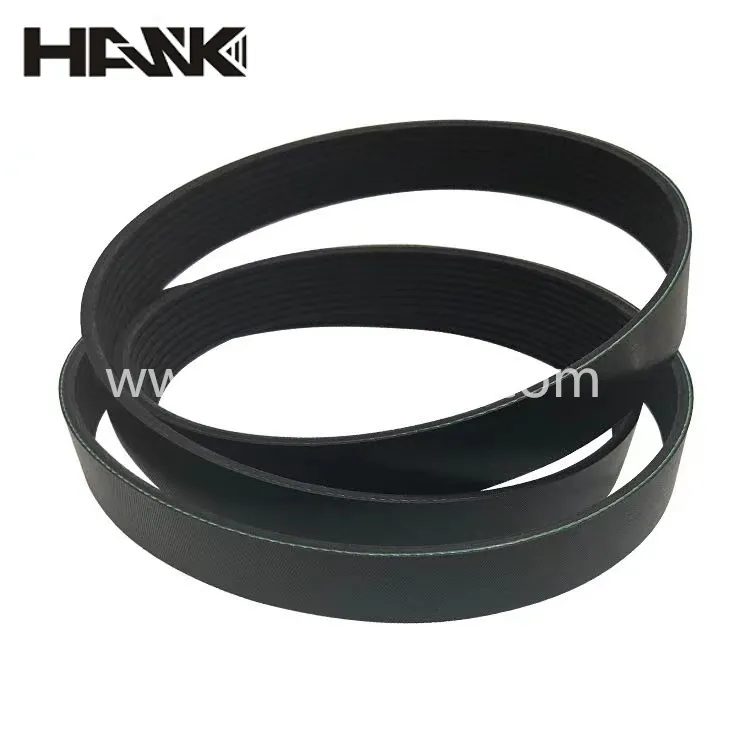- Arabic
- French
- Russian
- Spanish
- Portuguese
- Turkish
- Armenian
- English
- Albanian
- Amharic
- Azerbaijani
- Basque
- Belarusian
- Bengali
- Bosnian
- Bulgarian
- Catalan
- Cebuano
- Corsican
- Croatian
- Czech
- Danish
- Dutch
- Afrikaans
- Esperanto
- Estonian
- Finnish
- Frisian
- Galician
- Georgian
- German
- Greek
- Gujarati
- Haitian Creole
- hausa
- hawaiian
- Hebrew
- Hindi
- Miao
- Hungarian
- Icelandic
- igbo
- Indonesian
- irish
- Italian
- Japanese
- Javanese
- Kannada
- kazakh
- Khmer
- Rwandese
- Korean
- Kurdish
- Kyrgyz
- Lao
- Latin
- Latvian
- Lithuanian
- Luxembourgish
- Macedonian
- Malgashi
- Malay
- Malayalam
- Maltese
- Maori
- Marathi
- Mongolian
- Myanmar
- Nepali
- Norwegian
- Norwegian
- Occitan
- Pashto
- Persian
- Polish
- Punjabi
- Romanian
- Samoan
- Scottish Gaelic
- Serbian
- Sesotho
- Shona
- Sindhi
- Sinhala
- Slovak
- Slovenian
- Somali
- Sundanese
- Swahili
- Swedish
- Tagalog
- Tajik
- Tamil
- Tatar
- Telugu
- Thai
- Turkmen
- Ukrainian
- Urdu
- Uighur
- Uzbek
- Vietnamese
- Welsh
- Bantu
- Yiddish
- Yoruba
- Zulu
Nov . 18, 2024 08:56 Back to list
Understanding Standards for V-Belts in Industrial Applications and Their Importance
Understanding Standards for V-Belts Importance, Types, and Applications
V-belts are crucial components in a wide array of mechanical systems, functioning primarily as power transmission devices. Their ability to efficiently transfer power from one shaft to another makes them integral to various industrial and automotive applications. Understanding the standards for V-belts is essential for ensuring performance, compatibility, and reliability in these applications.
Importance of V-Belt Standards
Standards for V-belts are critical for several reasons. First, they ensure that V-belts produced by different manufacturers are interchangeable. This interchangeability is vital for maintenance and repair, allowing engineers and technicians to replace worn-out belts without worrying about compatibility issues. Standardization also promotes safety by setting explicit guidelines on material properties, dimensional specifications, and performance characteristics, ensuring that V-belts can handle the stresses of their intended applications.
Second, adherence to established standards can enhance the performance and longevity of V-belts. Belts that meet these standards have been tested under specific conditions, meaning they are more likely to perform reliably over time. By following these standards, manufacturers can produce V-belts that have predictable and consistent performance metrics, minimizing the risk of equipment failure.
Types of V-Belts
There are several types of V-belts, each designed for specific applications. The most common types include
1. Classical V-Belts These are often used in general-purpose applications. They come in various sizes and profiles, allowing them to be fitted to a range of pulleys. Classical V-belts are defined by their cross-sectional shape and dimensions, with standards set by organizations such as the American National Standards Institute (ANSI).
2. Wedge V-Belts With a reduced width and increased height compared to classical belts, wedge V-belts can transmit higher power within a smaller space. Their design allows for tighter bending, making them suitable for high-speed and high-load applications.
standards v belt

3. Hexagonal V-Belts These belts feature a double-sided design, allowing them to be used on pulleys from either side. This versatility makes them ideal for applications requiring bidirectional power transmission.
4. Compact V-Belts Designed for space-constrained applications, compact V-belts have a slim profile that allows for easier integration into systems with limited space while maintaining high-performance characteristics.
5. Poly V-Belts These belts are designed with multiple grooves, allowing them to transmit power more efficiently than standard V-belts. They are commonly found in automotive applications, such as in serpentine belt systems.
Applications of V-Belts
V-belts are used across many industries, including manufacturing, automotive, agriculture, and mining. In factories, they are often found in conveyor systems, where they help to move materials efficiently. In automotive applications, V-belts are critical for driving accessories like alternators, air conditioning compressors, and water pumps. Their ability to withstand high tension and varied environmental conditions makes them invaluable in heavy-duty applications as well.
Selecting the Right V-Belt
When choosing a V-belt, it is essential to consider several factors based on the specific application requirements. These include load capacity, speed, environment (temperature, humidity, and exposure to chemicals), and the type of pulleys in use. Additionally, referencing the appropriate industry standards (such as ANSI, ISO, or other relevant guidelines) is crucial for ensuring that the selected V-belt will perform as needed.
Conclusion
In conclusion, the standards for V-belts play a pivotal role in enhancing the reliability and efficiency of power transmission systems. By understanding the various types of V-belts available, their applications, and the importance of adhering to industry standards, engineers can make informed decisions that lead to improved performance and longer service life for their equipment. As technology advances, the standards for V-belts will likely continue to evolve, further enhancing their critical function in a myriad of applications across different industries.
-
Upgrade Power Steering Pump Belt for Smooth, Quiet Operation
NewsAug.27,2025
-
Precision Timing Belt & Chain: Engine Performance & Durability
NewsAug.26,2025
-
Precision Lathe Drive Belts: Durable & Reliable Performance
NewsAug.25,2025
-
84.5 Serpentine Belt: Durable & Precision Fit for Your Engine
NewsAug.24,2025
-
Premium Ribbed Drive Belts for Quiet Power Transmission
NewsAug.23,2025
-
High-Performance Vehicle Timing Belt for Engine Precision
NewsAug.22,2025

